Committed to reducing the average emissions of its range, Land Rover introduced about a year ago an unprecedented plug-in hybrid version in Discovery Sport, the P300e, which promises up to 62 km of fully electric autonomy.
The impact on consumption promises to be great, at least while the battery has a charge, and the benefits in terms of emissions are significant. But if these are elements in favor of electrification, there are also obvious disadvantages, starting with the price.
The extra kilos of the electric motor and battery are also noticeable and the hybridization forced compromises: the seven available seats, one of the biggest assets of this model, disappeared, being only available with five.

After all, will this Discovery Sport continue to be an interesting proposition for the more adventurous families, now that it has “surrendered” to electrification?
This model by the British brand was our traveling “companion” during a weekend, where there was an opportunity to show us all it's worth. But was it enough to convince us? The answer is in the next lines...
image has not changed
From an aesthetic point of view, were it not for the loading door on the left side (the one for the fuel tank appears on the right) and the “e” in the official model designation — P300e — it would be practically impossible to distinguish this Land Rover Discovery Sport from a “brother” without electric motor.
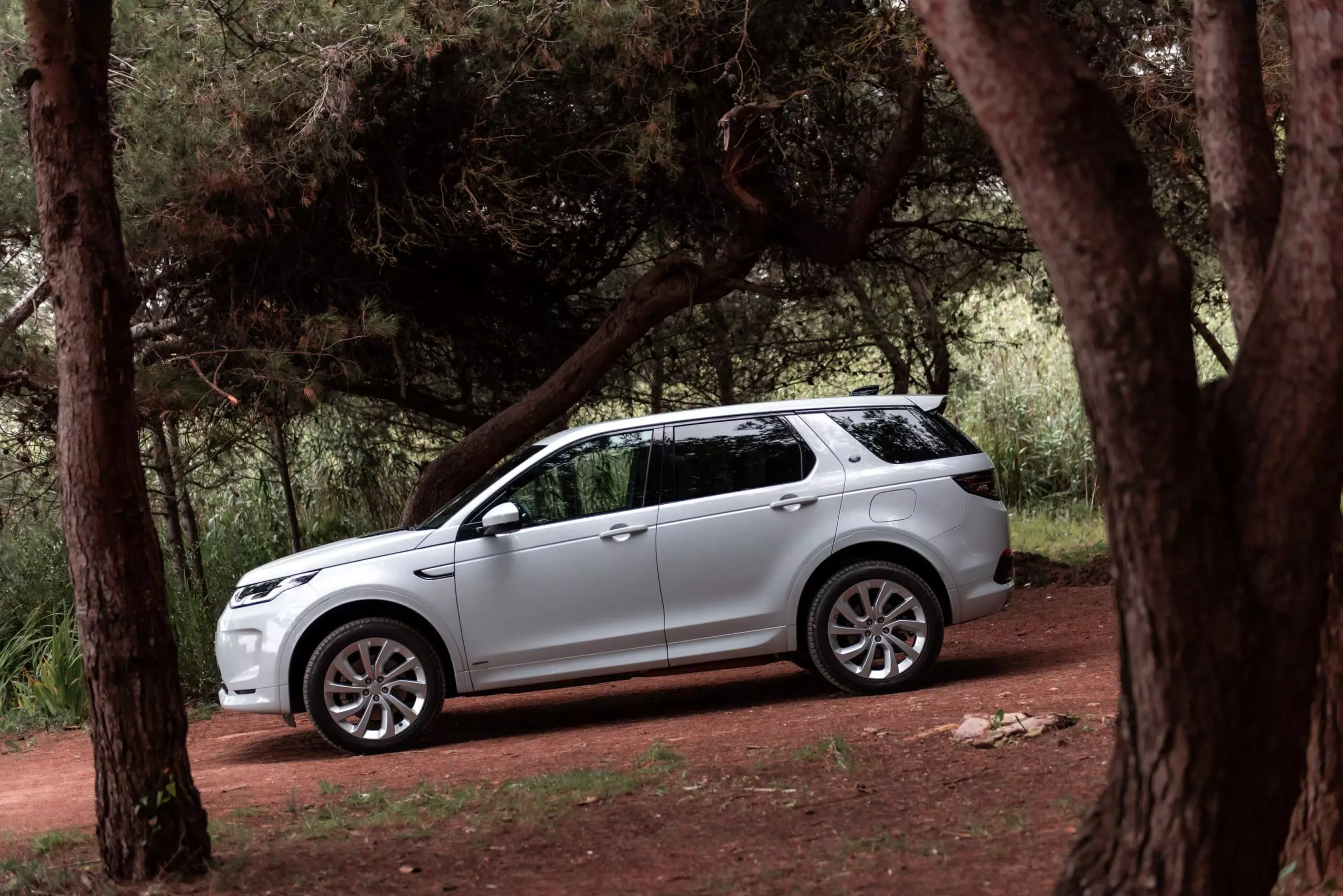
But this is far from being a criticism, not least because in the last renovation that the model underwent, two years ago, it had already received revised bumpers and a new LED luminous signature.
Cabin with similar treatment
If the exterior hasn't changed, the cabin has also remained the same. Only a few modifications necessary for the operations of the hybrid system stand out, such as choosing the mode in which we want to circulate, and the new multimedia systems Pivi and Pivi Pro, which also have some graphics specific to this version.
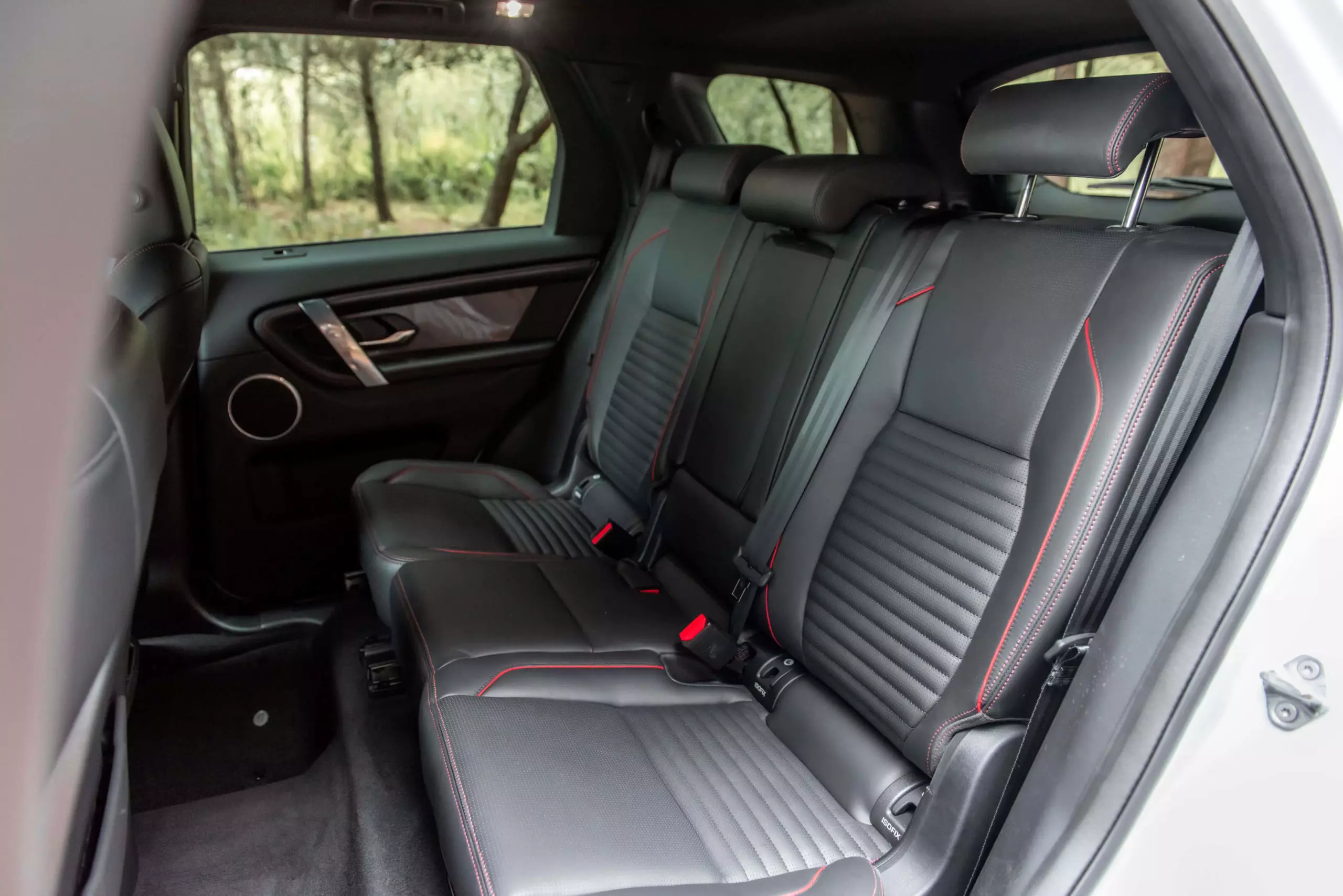
The biggest difference came at the rear, as the electrification of the Land Rover Discovery Sport robbed it of one of its greatest assets, the possibility of having seven seats. Blame the positioning of the electric motor, integrated into the rear axle.
This is a small sacrifice to make — in case, obviously, the third row of whites is not necessary — but in terms of space, another of the great attributes of this SUV, it's guaranteed.
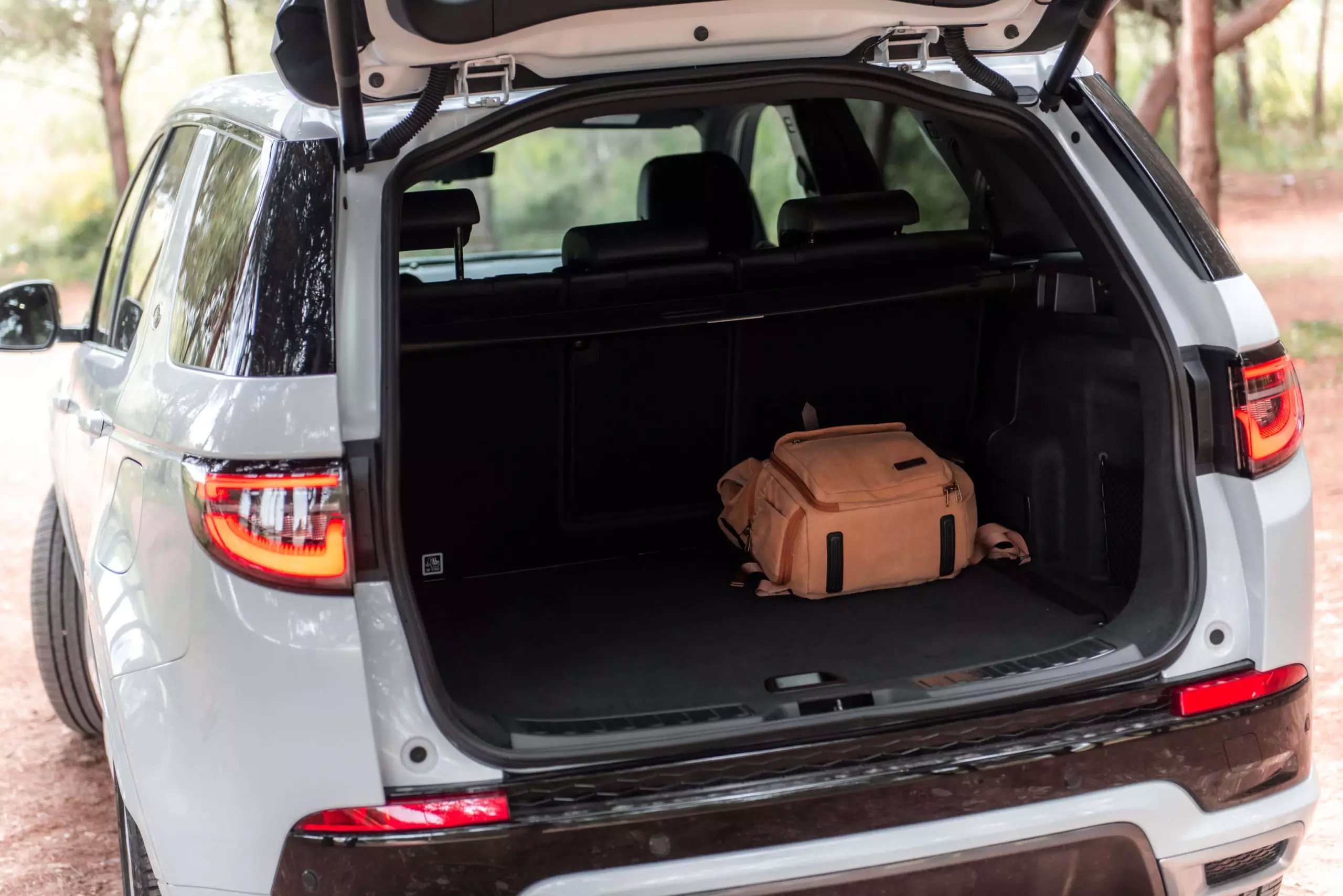
The dimensions on the second row of seats — which can be adjusted longitudinally — are still very good and “mounting” two child seats there will not be a problem. The same is true for the “exercise” of sitting three children or two adults of average height.
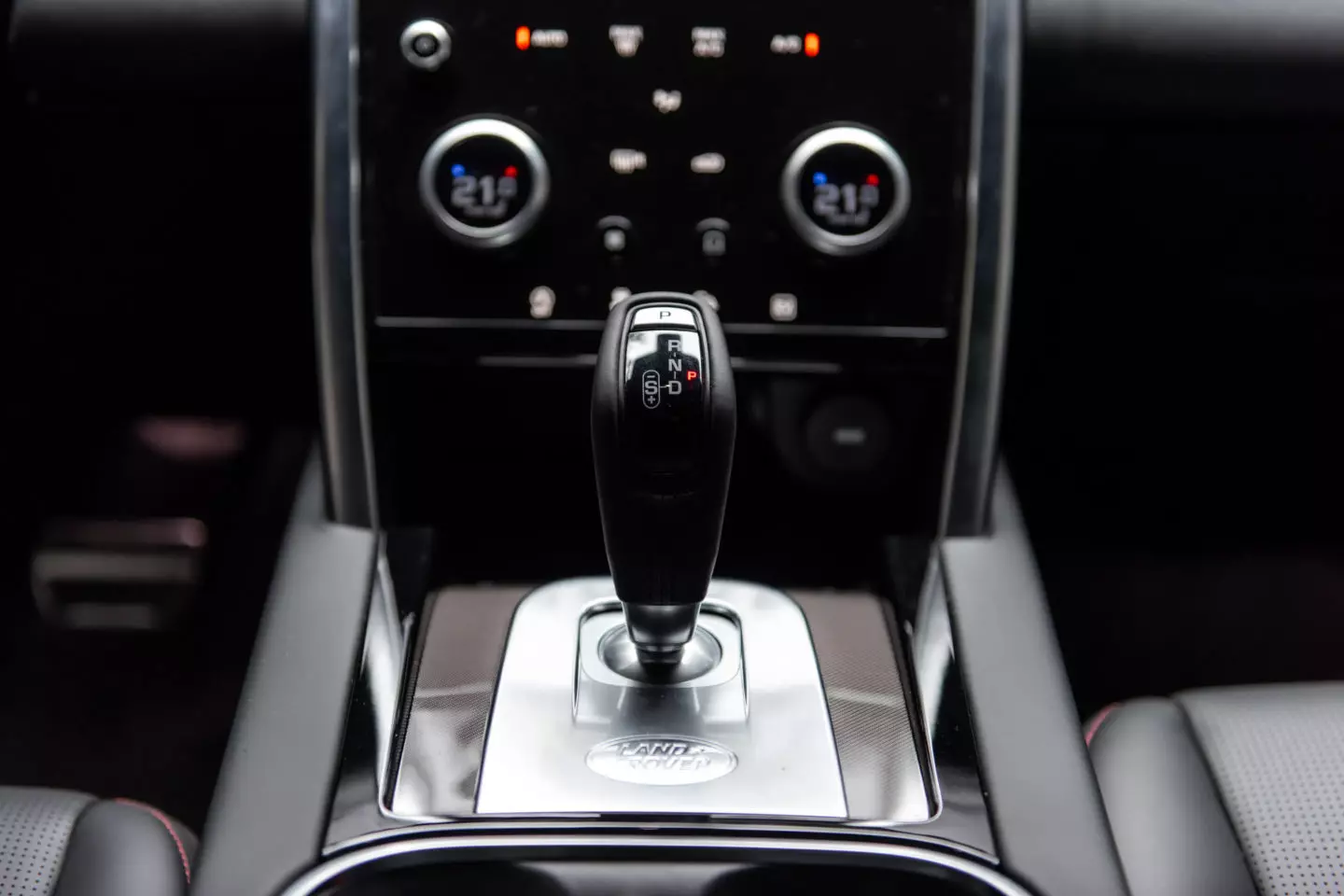
Automatic teller has a smooth behavior and is always very suitable for each situation.
Does hybrid mechanics convince?
With a combined power of 309 hp, the Land Rover Discovery Sport P300e is today's most powerful Discovery Sport and that makes an excellent calling card.
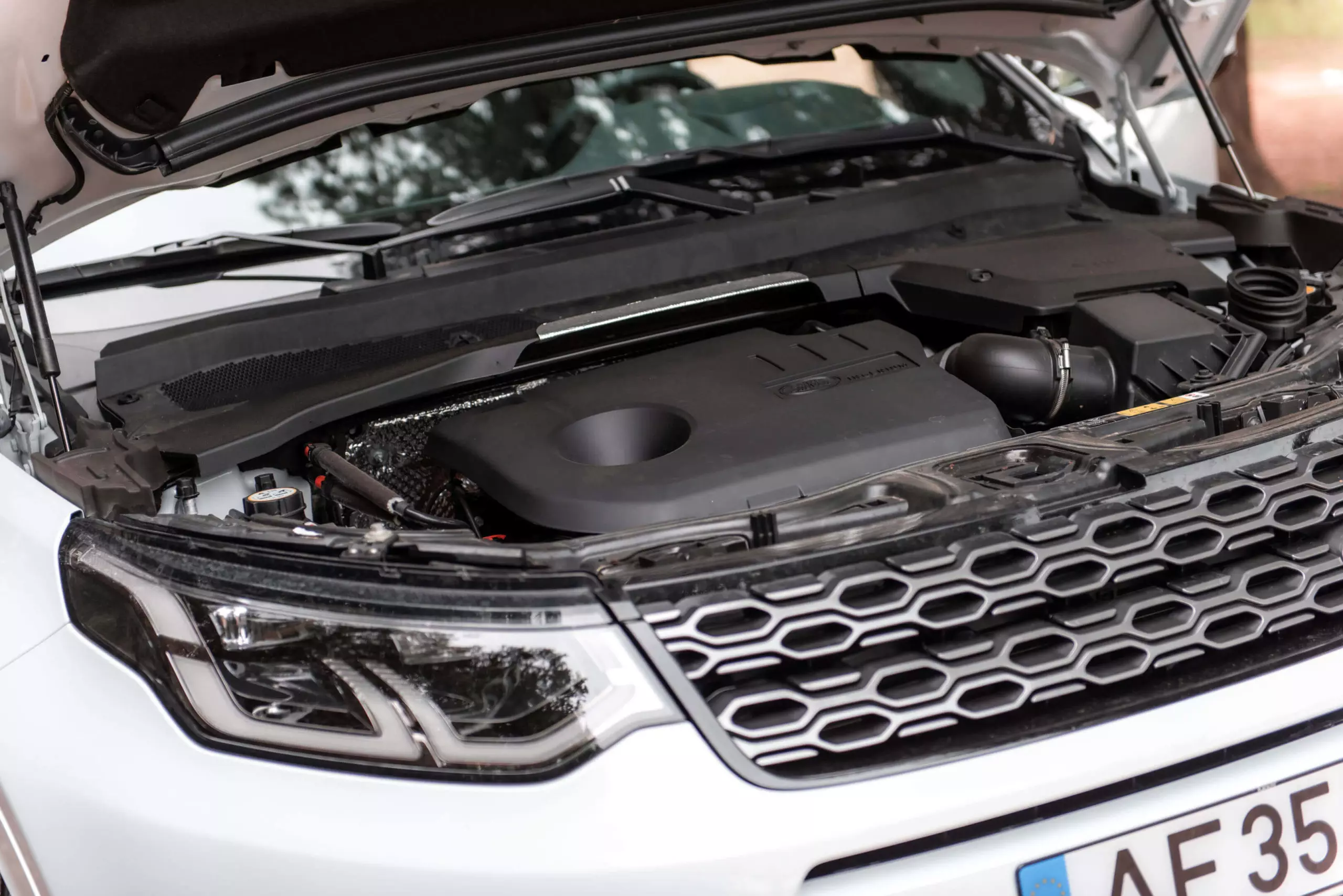
Interestingly, to achieve these numbers, Land Rover resorted to the smallest engine in the Ingenium range, a 1.5 petrol turbo, with three cylinders and 200 hp, which sends power to the front wheels.
In charge of driving the rear wheels is an electric motor with 80 kW (109 hp) powered by a battery with 15 kWh capacity.
The result of this combination is 309 hp of combined power and 540 Nm of maximum torque, managed through a new eight-speed automatic transmission.
Not that this is the main reason anyone buys a Discovery Sport, but this P300e plug-in hybrid version accelerates from 0 to 100 km/h in just 6.6s and reaches a top speed of 209 km/h. Using only the electric motor, it is only possible to travel up to 135 km/h.
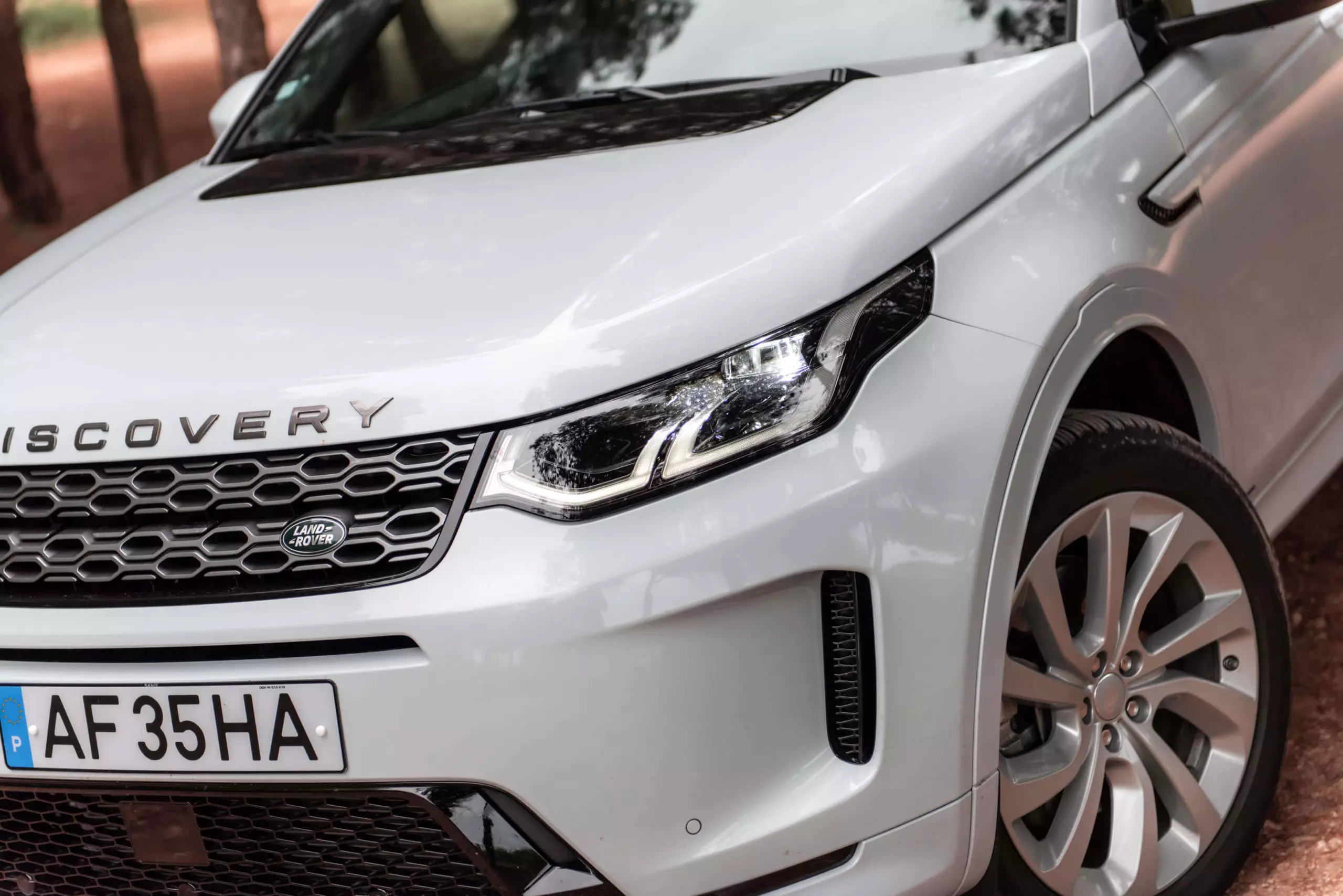
And autonomy?
In total, the driver can choose from three driving modes: “HYBRID” the pre-set mode that combines the electric motor with the gasoline engine); “EV” (100% electric mode) and “SAVE” (allows you to preserve battery power for later use).
In 100% electric mode, Land Rover claims 62 km of autonomy, an interesting number for a car with the space and versatility of this Discovery Sport. But I can already tell you that in real conditions — unless it's always (really always!) in town — it's practically impossible to achieve this record, even with careful driving.
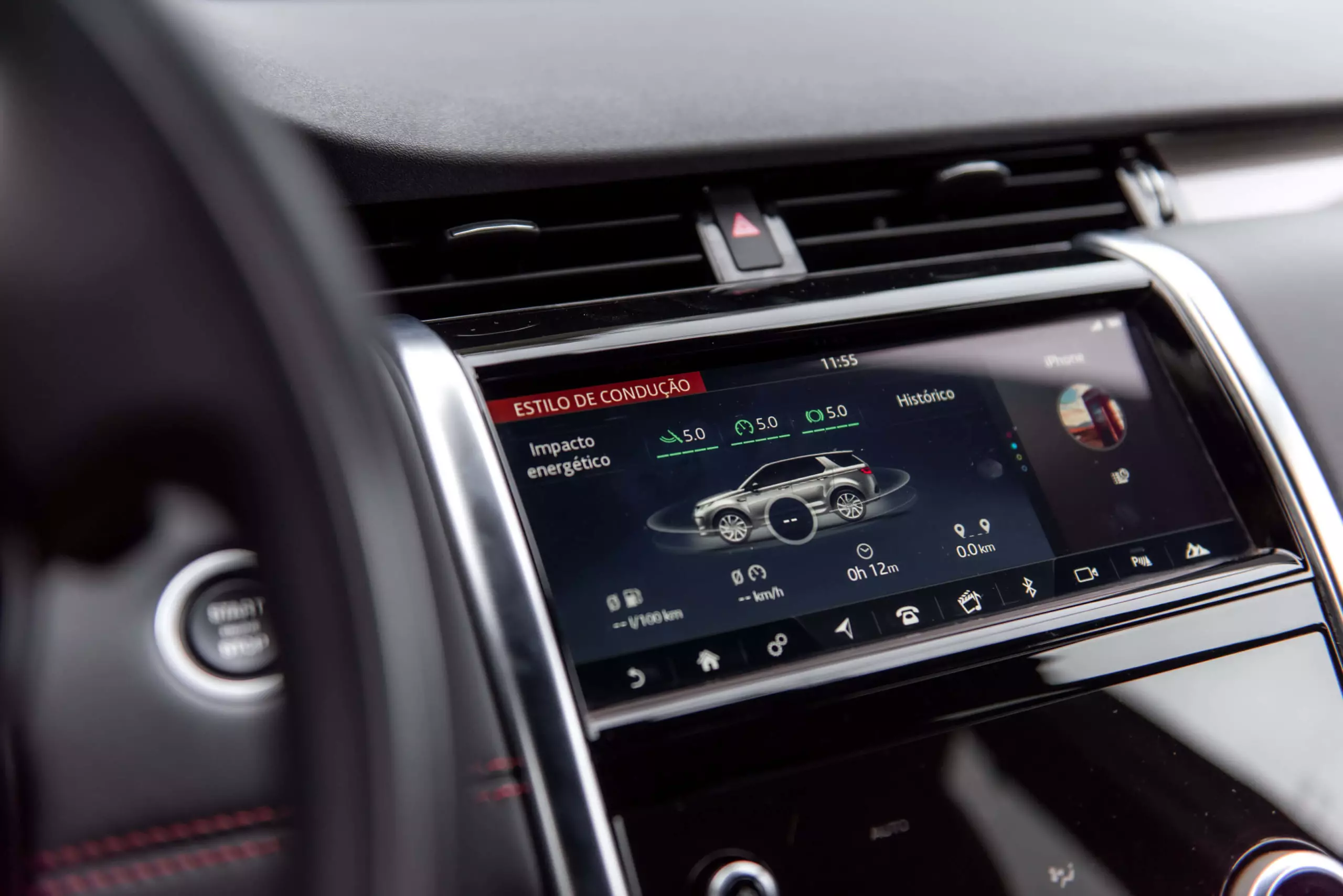
As far as charging times are concerned, at a 32kW direct current (DC) public charging station, it takes 30 minutes to charge 80% of the battery.
In a 7 kW Wallbox, the same process takes 1h24min. In a household outlet, a full charge takes 6h42min.
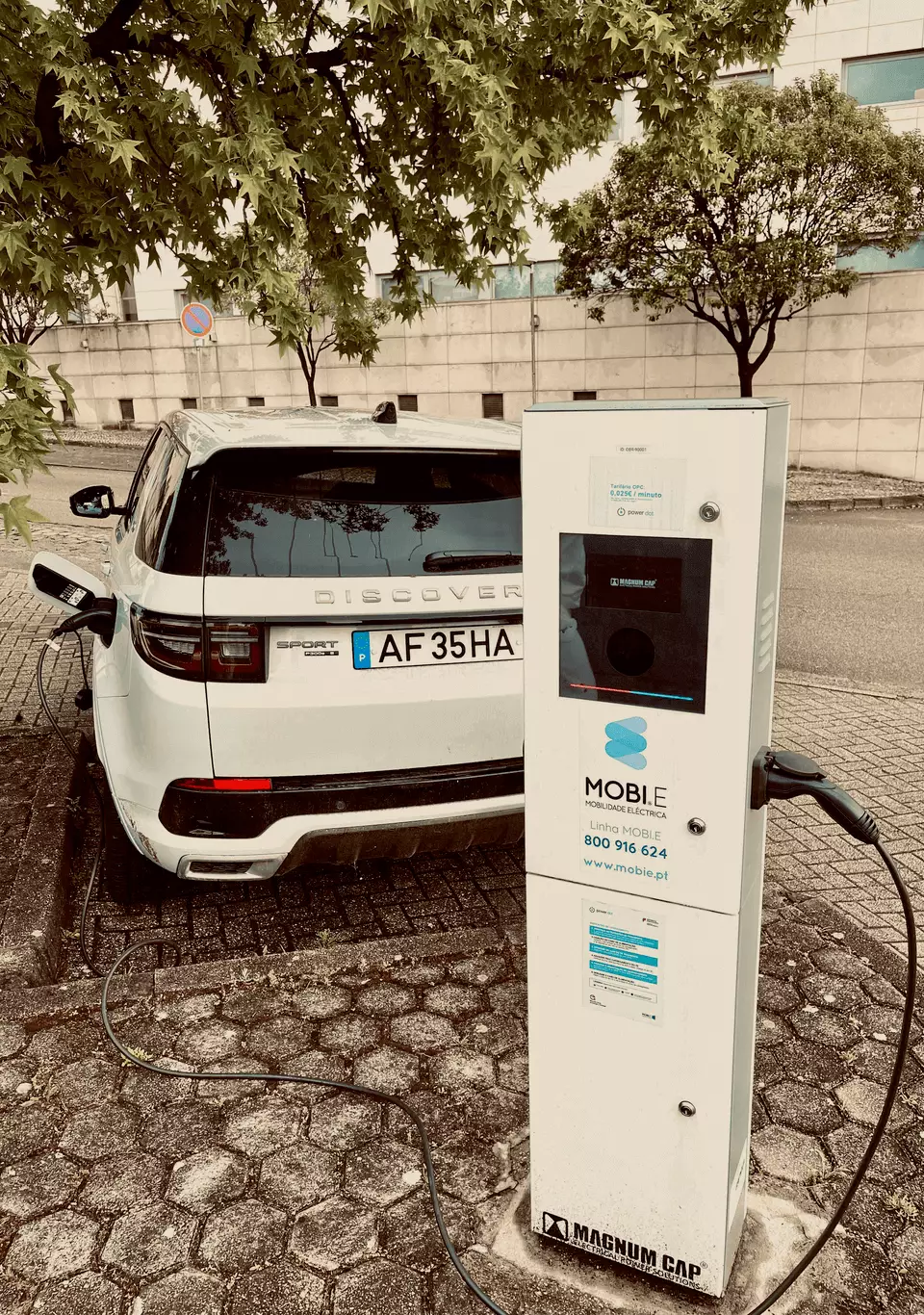
And behind the wheel, is it better than a “normal” Discovery Sport?
If you are in doubt about the capacity of this three-cylinder engine, I can already tell you that it fits perfectly into this electrified version of Discovery Sport. And the instant torque guaranteed by the electric motor means that this SUV doesn't even transpire in the lower regimes.
But this is while we have battery power. When it ends, and although "strength" is never a problem, the noise of the gasoline engine is felt much more, sometimes too much, inside the cabin, which does not have the isolation of the older "brothers" — and expensive! — the “Range”.
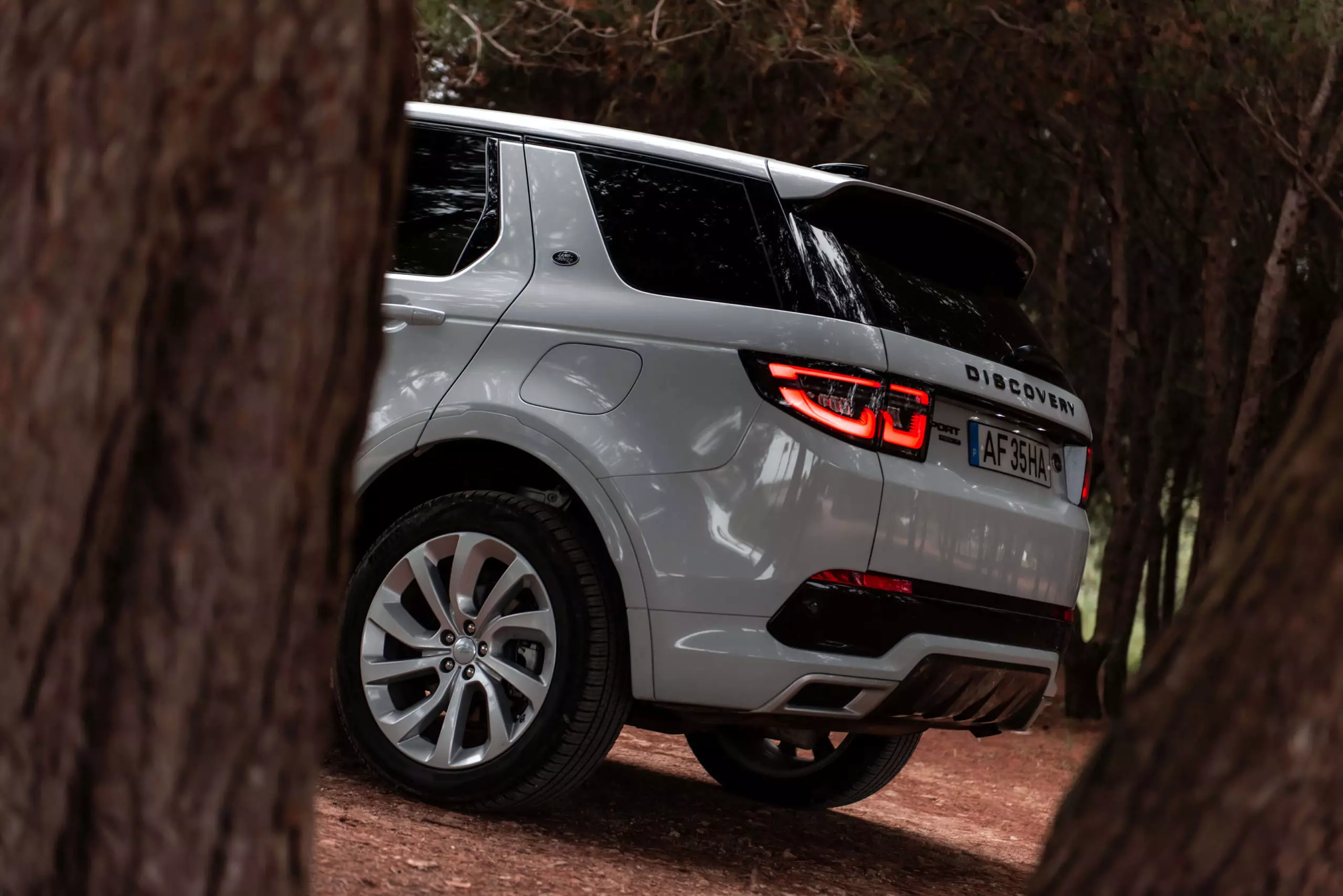
But on the open road, compared to a “conventional” Discovery Sport, this plug-in hybrid shows up at a very good level, with the hybrid system revealing a very interesting smoothness of use. But I emphasize again, all this while there is battery in the "deposit".
It is relatively easy to manage movements in order to control the “calls” to the service of the gasoline engine, especially in cities, and this has an interesting impact on consumption. However, outside the city and without a battery available, it is difficult to go down from 9.5 l/100 km, a number that rises beyond 10.5 l/100 km in highway use.
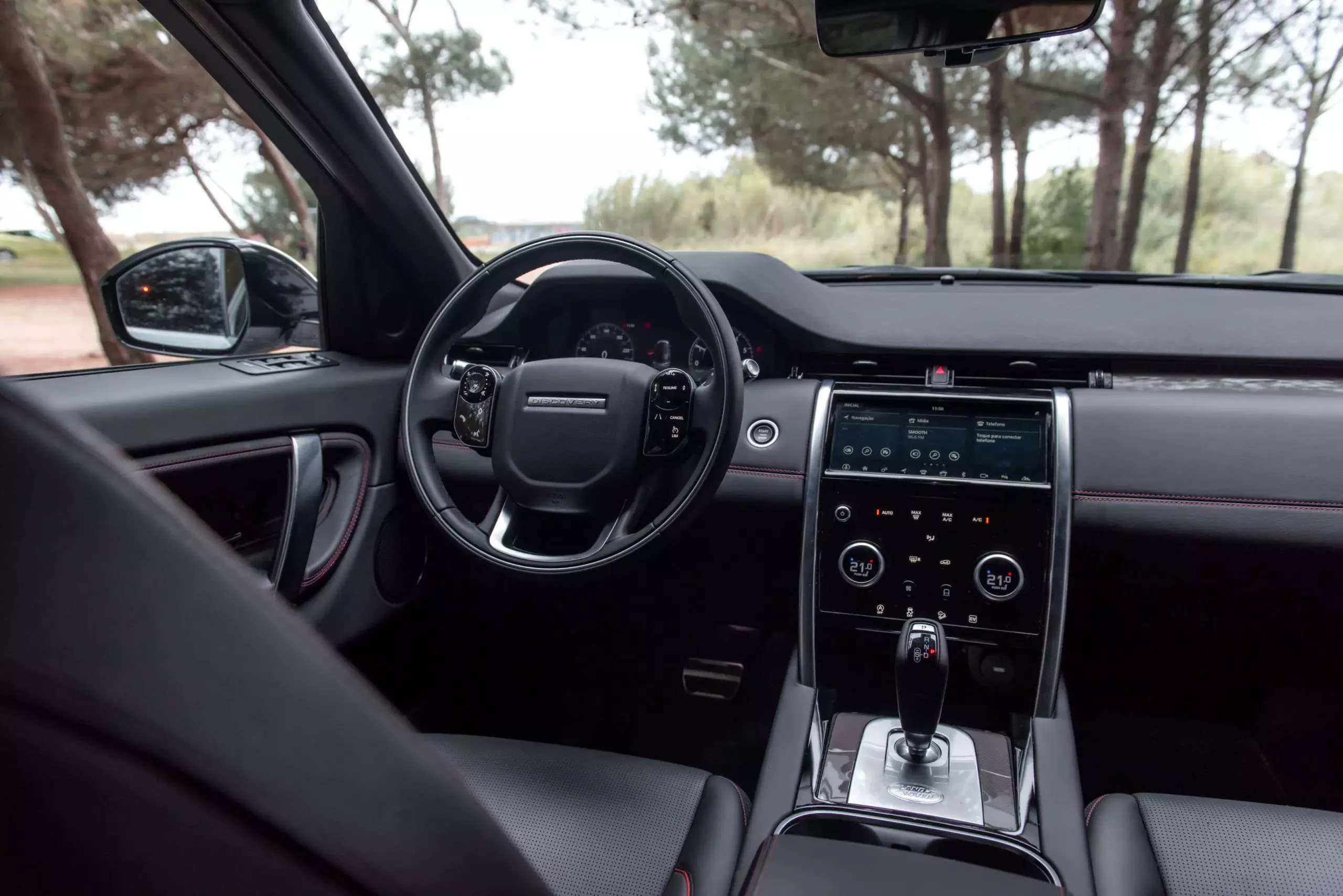
As for the sensations behind the wheel, and forgetting the “fire power” added by the electric motor, this Discovery Sport P300e transmits emotions very similar to those of a version with an internal combustion engine.
By this I mean that when cornering, and despite this plug-in hybrid version having a 6% lower center of gravity, it reveals the same characteristics.
This is an SUV with a generous size and it shows. Still, the general body movements are well controlled and we always feel a lot of grip, which invites us to adopt a higher pace.
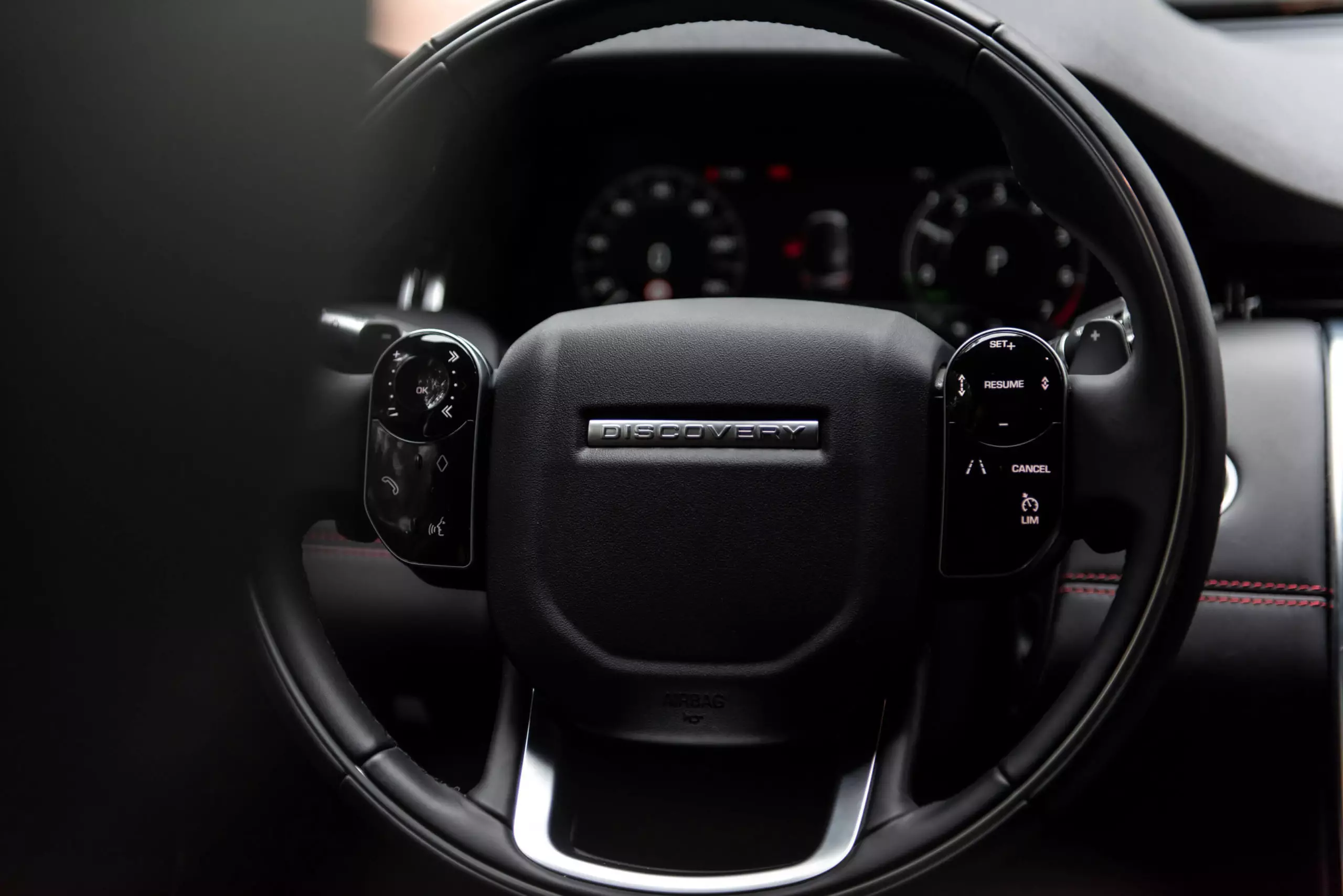
The steering is somewhat slow, but it is precise and this makes it possible to point the car very well at the entrances to corners. Equally effective is the operation of the eight-speed automatic transmission (8 kg lighter than the automatic transmission found in other versions of the range), which has always proved to be very smooth.
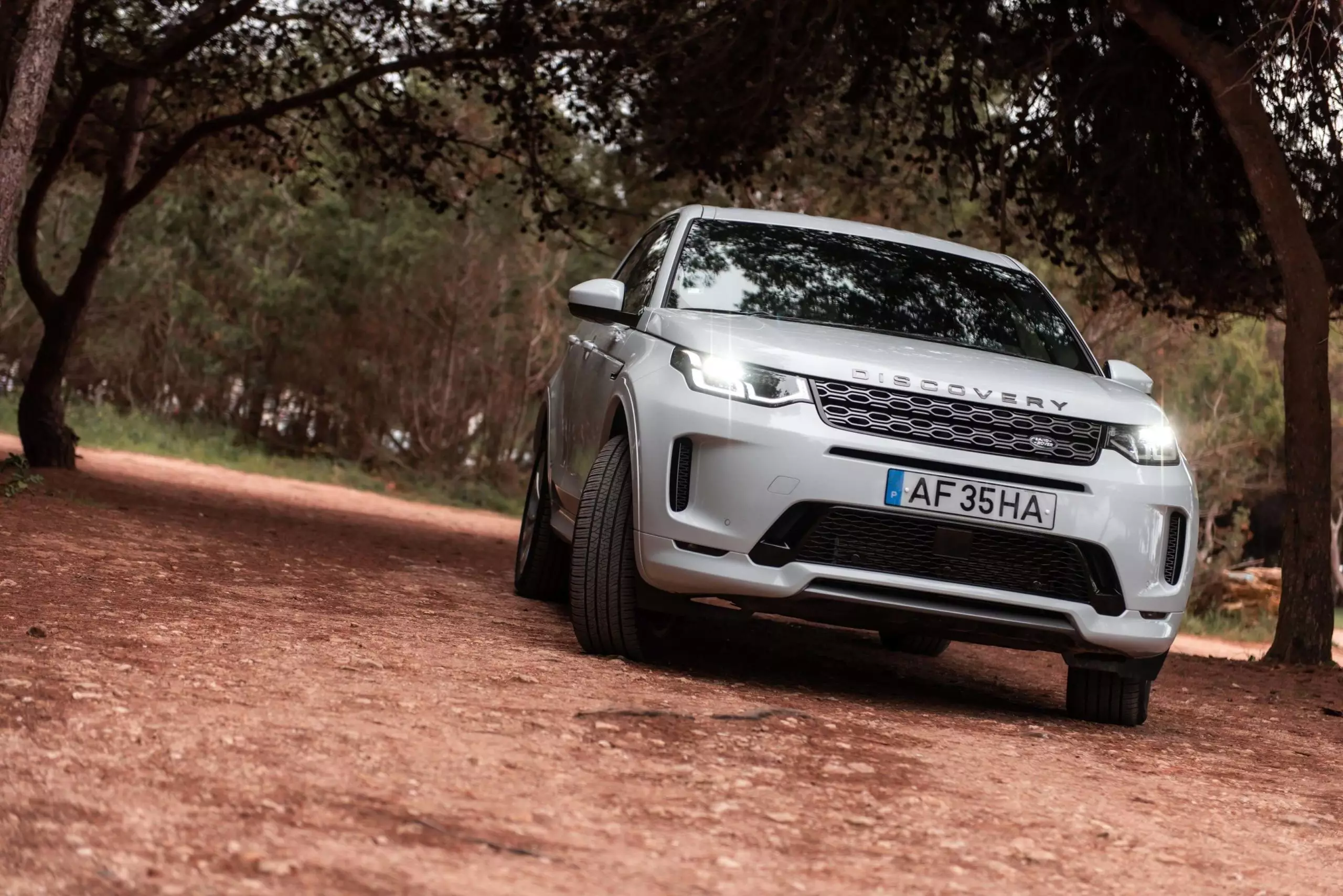
And off-road?
As a Land Rover, you always expect referential capabilities when the tar runs out, or at least above average. And in this chapter, the Discovery Sport PHEV P300e does well, even though it has slight disadvantages compared to the “conventional” Discovery Sport.
The height to the ground, for example, went from 212 mm to just 172 mm, and the ventral angle went from 20.6º to 19.5º. However, the Terrain Response 2 system, with several specific driving modes depending on the type of terrain, does an impeccable job and lets us overcome challenges that at first seemed difficult to achieve.
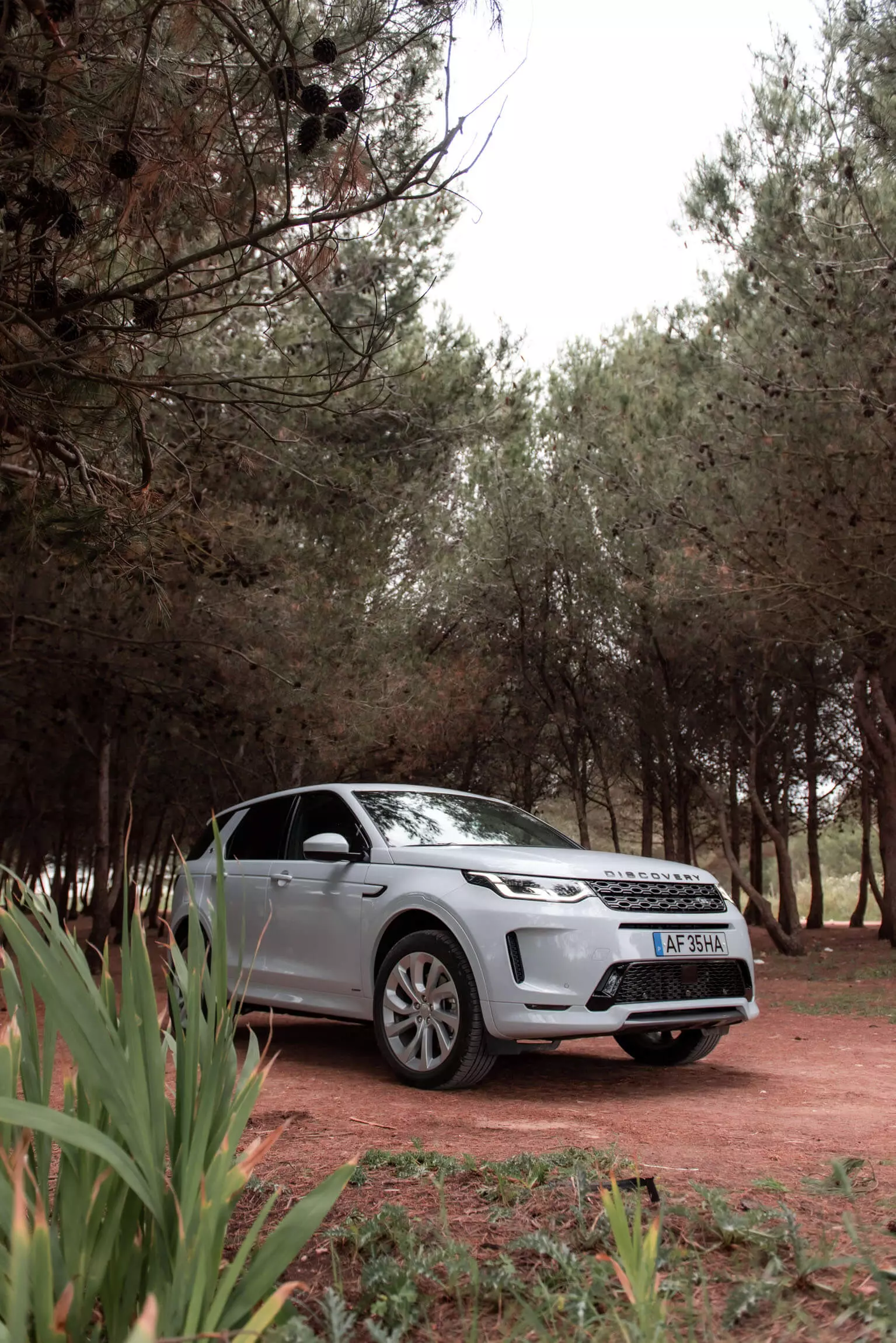
Don't expect a rough and pure terrain, because it isn't. But it does a lot more than expected. The biggest limitation turns out to be the height above ground, which can become a problem if we have a more challenging obstacle in front of us.
Is it the right car for you?
Discovery Sport has always been a good entry point into the Land Rover universe and a model to consider for those looking for a versatile solution with seating for seven people.
This plug-in hybrid version of the British SUV makes you “greener” and gives you another type of argument in town, where it's surprisingly easy to ride in 100% electric mode, always in a very smooth and uncomplicated tune.
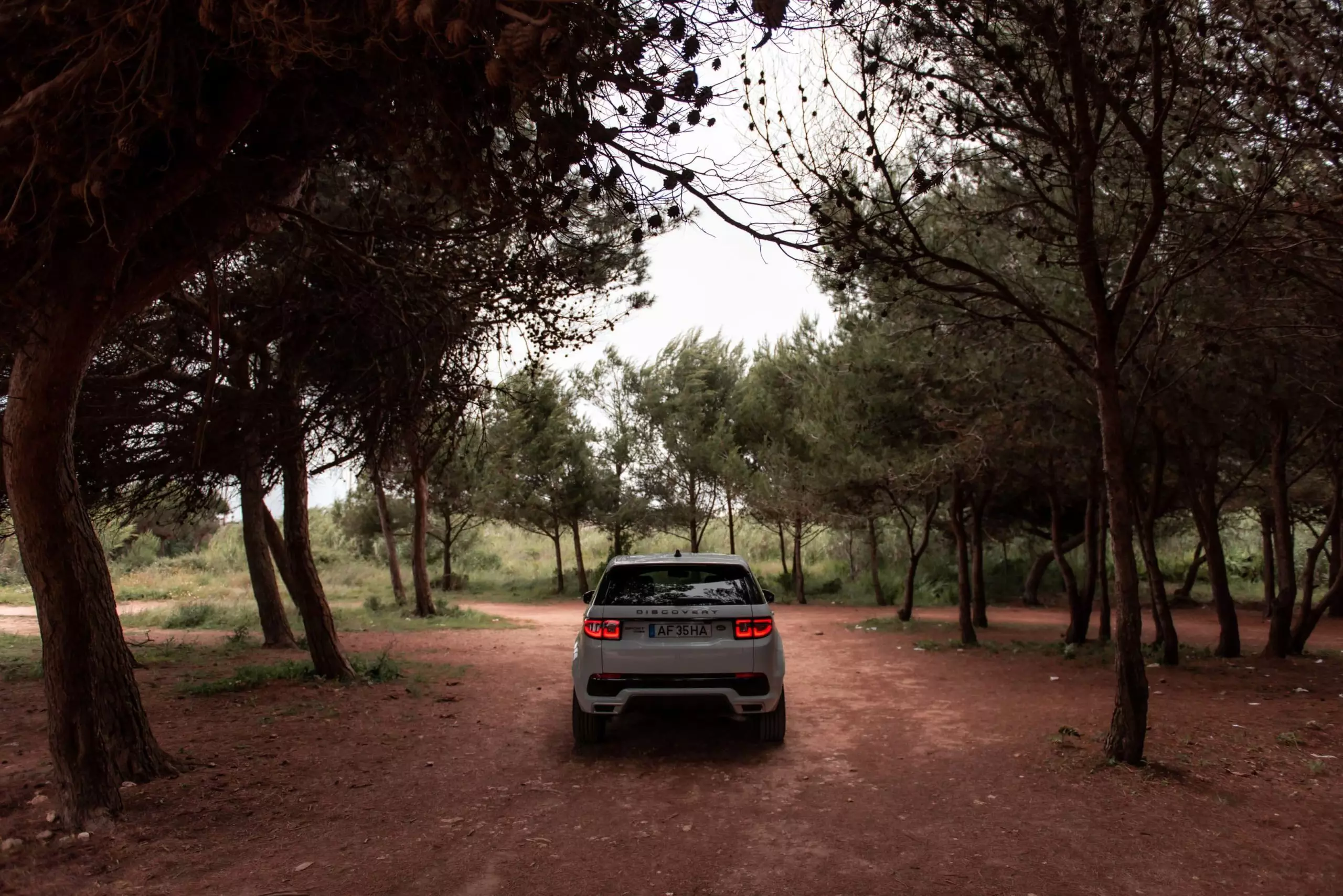
However, it robs him of part of the versatility that characterizes it, starting with the reduction of the number of seats from seven to five. The “storage” of the electric motor stole the space destined for the third row of seats and this could be a problem for larger families, who have in Discovery Sport an interesting option.
With no major rivals in the market, largely due to its more premium positioning, the Discovery Sport PHEV P300e serves the interests of those looking for a proposal with space — the trunk never ends... — capable of responding well off-road and that can add up several tens of kilometers 100% free of emissions.
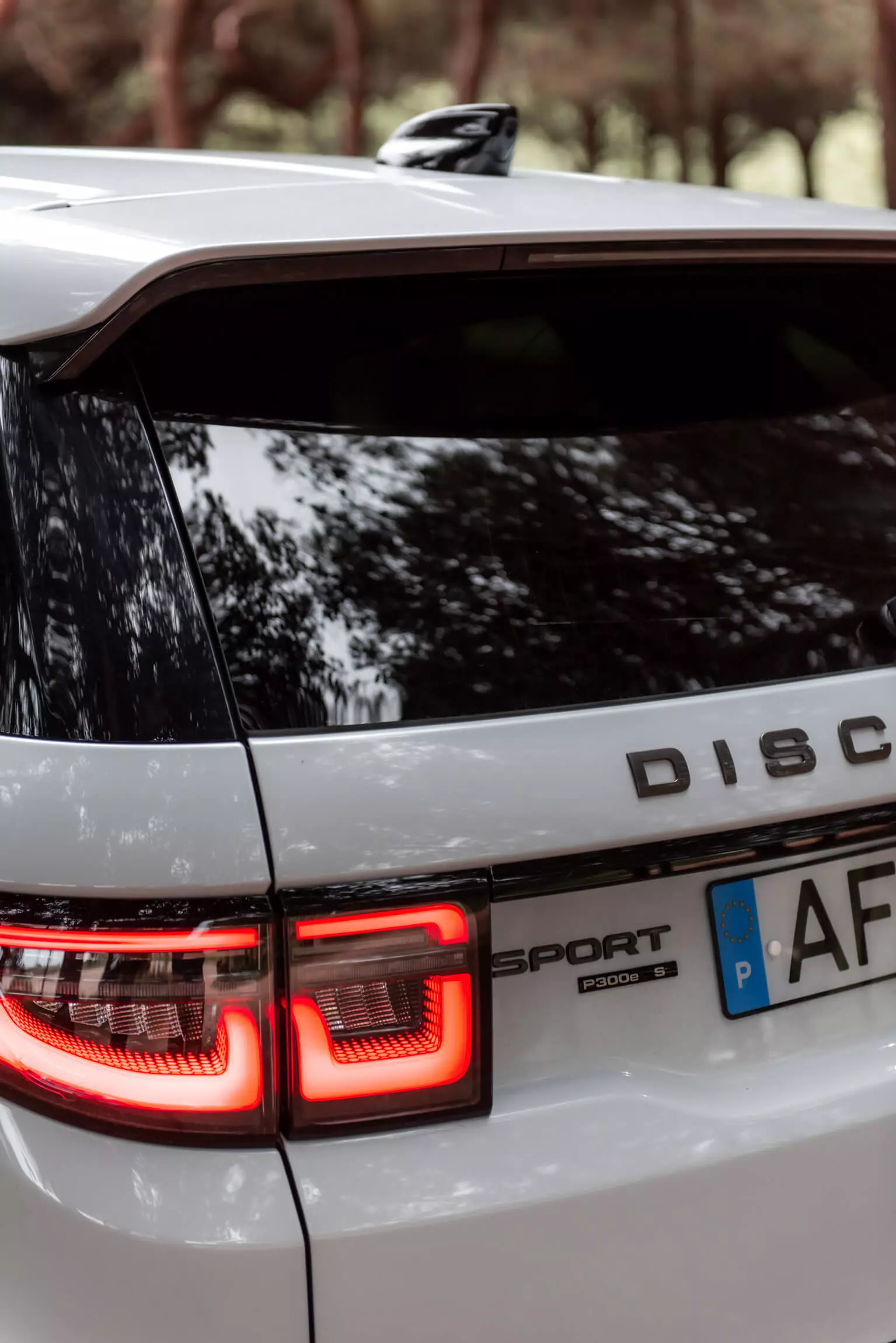
The price, somewhat high, is nonetheless quite competitive compared to its potential plug-in hybrid rivals and is even much more affordable (around 15 thousand euros) than the more powerful Diesel version in the range — 2.0 TD4 AWD Auto MHEV 204 hp — with the same equipment specification.
There is, however, a more affordable Diesel variant with 163 hp, which reduces this price difference — but increases the performance — but which has more interesting consumption and seven seats, being very balanced, for those looking for greater versatility than this one. British model has to offer and they travel many kilometers a month.
